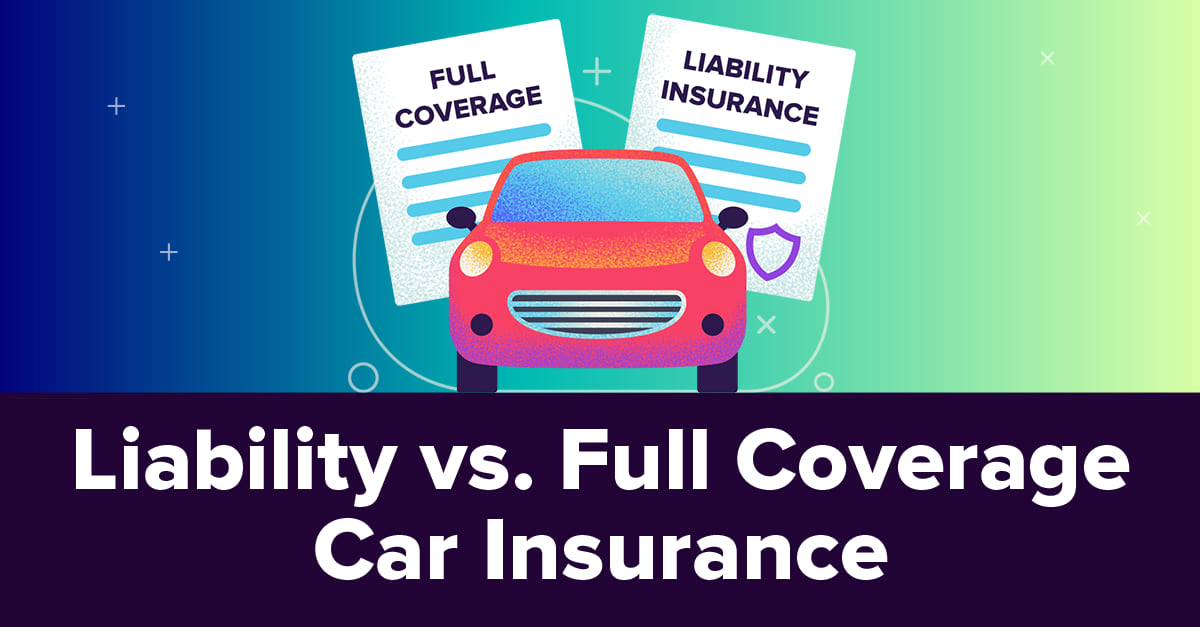Navigating the world of car insurance can be overwhelming, especially when it comes to understanding the different types of coverage available. Two of the most common types of insurance are full coverage and liability insurance. But what’s the difference between them? In this article, we’ll break it down in simple terms, so you can make an informed decision about your car insurance needs.

Liability Insurance: The Basics
Liability insurance is the most basic type of car insurance. It’s designed to protect you in case you’re involved in an accident and found to be at fault. Liability insurance typically covers:
- Bodily injury to others, including medical expenses and lost wages
- Property damage to other people’s vehicles or property
Liability insurance usually follows a three-number format, such as 100/300/100. This means that the insurance company will pay up to:
- $100,000 for bodily injury per person
- $300,000 for bodily injury per accident
- $100,000 for property damage per accident
Full Coverage Insurance: A More Comprehensive Option
Full coverage insurance is exactly what it sounds like – it provides more comprehensive coverage than liability insurance. Full coverage typically includes:
- Liability coverage (as described above)
- Collision coverage: This covers damage to your vehicle, regardless of who’s at fault
- Comprehensive coverage: This covers damage to your vehicle from non-collision events, such as theft, vandalism, or natural disasters
Full coverage insurance also typically includes additional features, such as:
- Uninsured/underinsured motorist coverage: This protects you in case the other driver doesn’t have insurance or doesn’t have enough insurance
- Personal injury protection (PIP): This covers medical expenses and lost wages for you and your passengers, regardless of who’s at fault
Key Differences Between Full Coverage and Liability Insurance
The main difference between full coverage and liability insurance is the level of protection. Liability insurance only covers damage to other people and their property, while full coverage insurance protects your vehicle and you.
Here are some key differences to consider:
- Level of protection: Full coverage insurance provides more comprehensive protection than liability insurance




